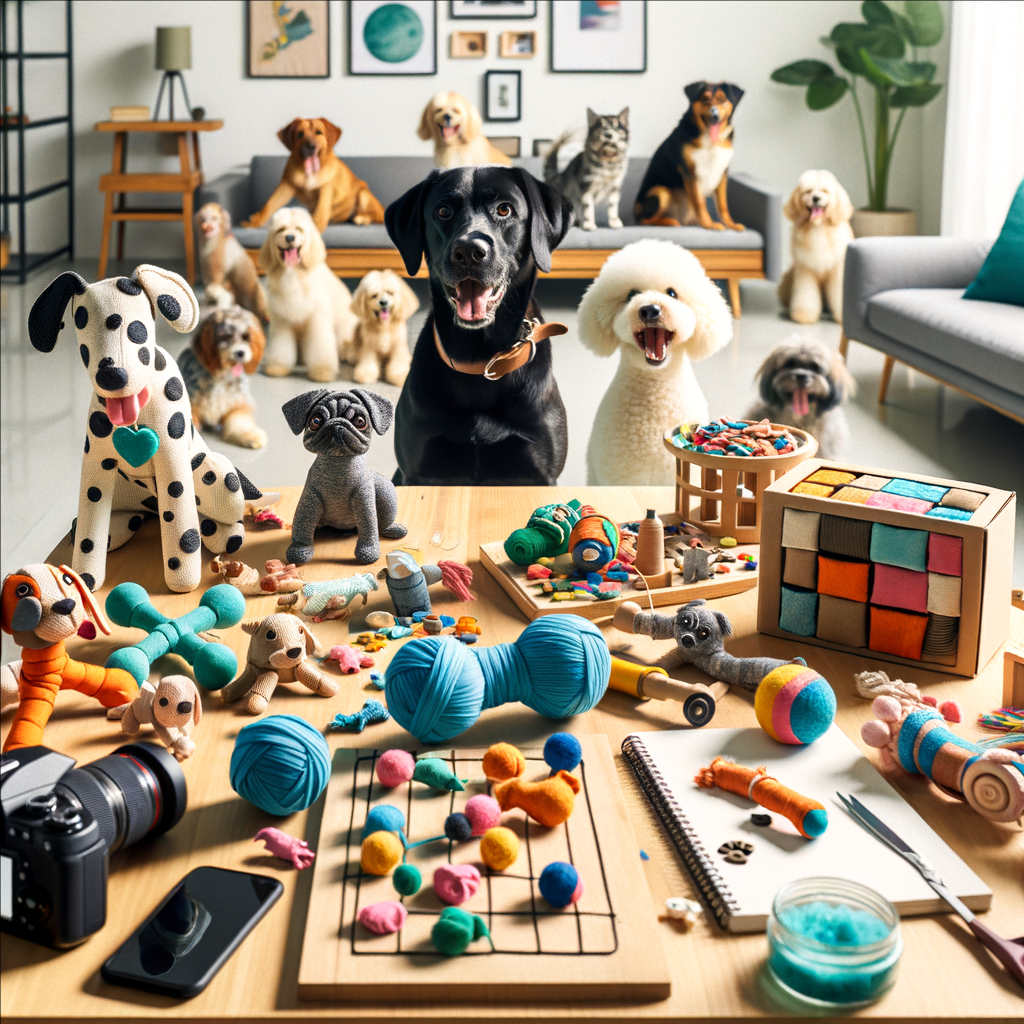Obedience Training Near Creating a Training Schedule: Balancing Consistency with Fun
Obedience Training Made Easy: Create a Balanced Training Schedule for Your Dog That Ensures Consistency and Fun in Obedience Training for Lasting Results at FetchQuest.info
Obedience Training Near You: Creating a Training Schedule – Balancing Consistency with Fun
Training your pet isn’t just about discipline—it’s about building trust, enhancing communication, and creating a more enriching life together. One of the keys to effective obedience training is developing a schedule that’s consistent enough to reinforce learning, yet flexible and engaging enough to keep your dog motivated and excited.
At FetchQuest.info, we’re passionate about helping pet owners develop positive training routines that work in real life. Whether you’re working with a playful puppy, a rescue dog with behavioral quirks, or an older dog brushing up on manners, the right schedule can make all the difference.
Why a Training Schedule Matters
Consistency is one of the most important principles in obedience training. Dogs thrive on routine. A well-structured training schedule helps:
-
Reinforce positive behaviors more quickly
-
Prevent confusion and mixed signals
-
Make learning part of your dog’s daily routine
-
Encourage ongoing mental stimulation
-
Build a stronger bond between you and your pet
But consistency doesn’t mean rigidity. It’s also important to keep training fun, varied, and rewarding.
How to Build an Effective Training Schedule
Creating a successful training schedule doesn’t require hours of your day. In fact, most dogs learn best through short, frequent sessions that incorporate real-life scenarios.
Here’s how to get started:
1. Set Clear Goals
Before you build your schedule, know what you want to achieve. Break it down into stages:
-
Basic obedience (sit, stay, come)
-
Leash manners
-
Socialization and impulse control
-
Advanced tricks or public behavior
You can focus on one skill per week or mix multiple commands depending on your dog’s ability and attention span.
2. Schedule Short Sessions Daily
Aim for 2–3 short sessions per day, each lasting 5–10 minutes. Dogs learn best in small doses, especially when the sessions are upbeat and focused.
Great times for training include:
-
Before meals (when your dog is motivated by food)
-
After a walk (when some energy has been burned off)
-
During playtime (to blend learning with fun)
3. Mix in Real-Life Training Opportunities
Not all training has to be formal. Incorporate obedience into everyday activities:
-
Ask for a “sit” before opening the door
-
Practice “stay” during meal prep
-
Reinforce recall at the park or in the backyard
These real-world moments help your dog generalize commands beyond the living room.
4. Use Weekly Themes
Keep things fresh by rotating the focus of your sessions. For example:
-
Monday: Sit and stay
-
Tuesday: Leash manners
-
Wednesday: Leave it and drop it
-
Thursday: Recall
-
Friday: Fun trick (like spin or paw)
-
Weekend: Social outings or distractions
This variety helps prevent boredom and keeps your dog engaged.
Tips for Keeping Training Fun
Even with structure, training should always be a positive experience for your dog. Here’s how to keep it light and enjoyable:
-
🐾 Use high-value treats (soft, tasty, and used only during training)
-
🐾 Incorporate play as a reward (a quick game of tug or fetch)
-
🐾 Celebrate successes with enthusiastic praise
-
🐾 Avoid overcorrection—redirect rather than punish
-
🐾 End on a high note so your dog leaves the session feeling accomplished
Training should feel like a game, not a chore—for both of you.
Tools to Support Your Schedule
Consider using these tools to stay organized and on track:
-
✅ A training journal or calendar to log progress
-
✅ A treat pouch for quick rewards
-
✅ Clicker for precise behavior marking
-
✅ Puzzle toys and interactive feeders for mental enrichment on “rest” days
For downloadable training planners and tool recommendations, visit FetchQuest.info, where we share resources to simplify obedience training at any stage.
Final Thoughts
Creating a balanced training schedule is less about strict routines and more about finding a rhythm that works for your lifestyle—and your dog’s personality. When consistency meets creativity, training becomes something you both look forward to each day.
Whether you’re working on basic manners or refining more advanced behaviors, a well-planned schedule builds the foundation for lifelong learning. Most importantly, it strengthens the connection between you and your pet through trust, fun, and shared experiences.
Ready to start training smarter, not harder? Head over to FetchQuest.info for expert tips, free templates, and personalized guidance on making obedience training a successful part of your daily life.
Keywords: obedience training, training schedule, consistency in training, fun training activities, dog behavior, positive reinforcement, training routines, engaging exercises, balanced training approach, dog obedience tips, effective training methods, training consistency, interactive training sessions, enjoyable obedience practice, pet training strategies
news via inbox
Nulla turp dis cursus. Integer liberos euismod pretium faucibua





